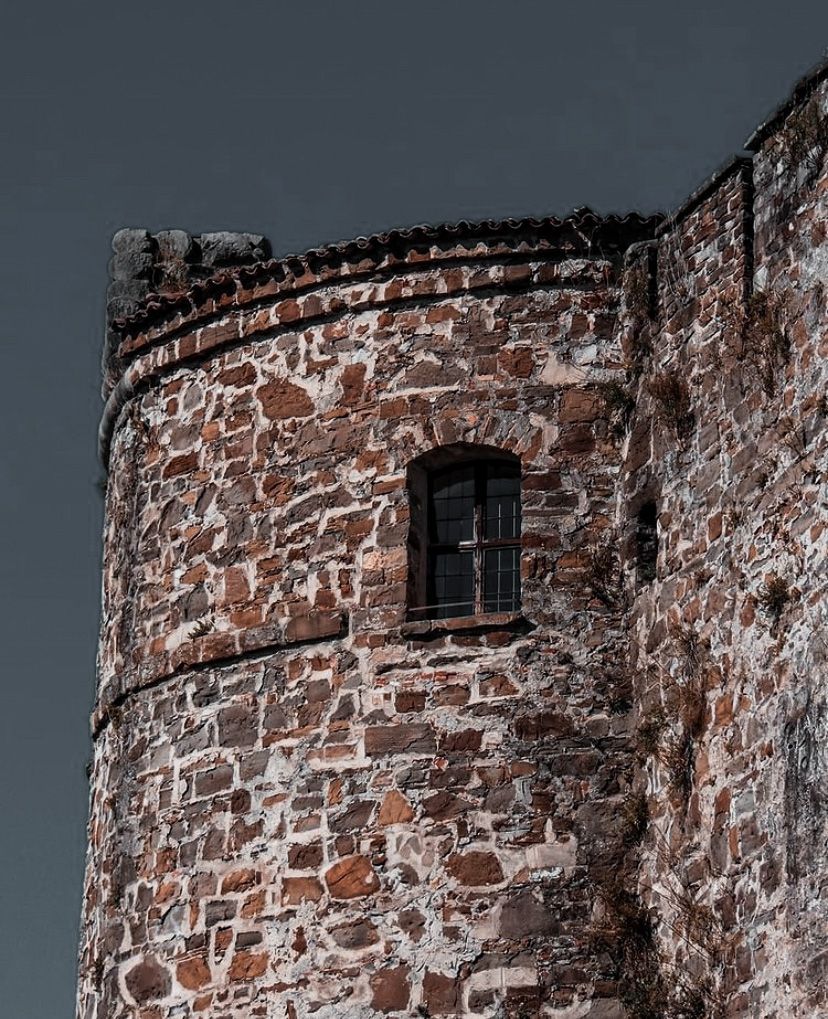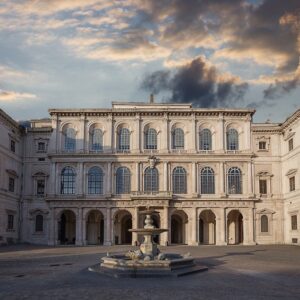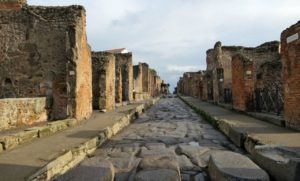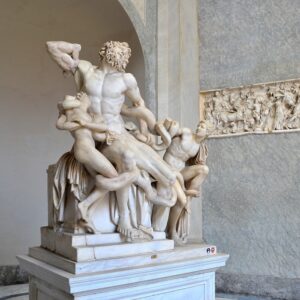Discovering the city between Italy and Slovenia
Gorizia, the magnificent Friulian city on the border with Slovenia, was the “Austrian Nice“, a name derived from having been the favorite destination of the Habsburg bourgeoisie. The architecture of the palaces and squares, churches and cafes are still from that period.
The Piazzale della Transalpina, with its unique charm, makes us touch the real border with Slovenia.
Until 2004 the city was physically cut in half by a net over a low wall, which divides Italy from Slovenia, a symbol of the Cold War.
The square is still very impressive today, with the Nova Gorica train station that retains all the interiors of the original furnishings from the past century. In memory of the border that no longer exists, today a plaque remains on the ground, on which the line that separates Slovenian and Italian territory is drawn: whoever comes here can literally stay with one foot in Italy and one in Slovenia and have fun in go from one state to another by taking only one step.
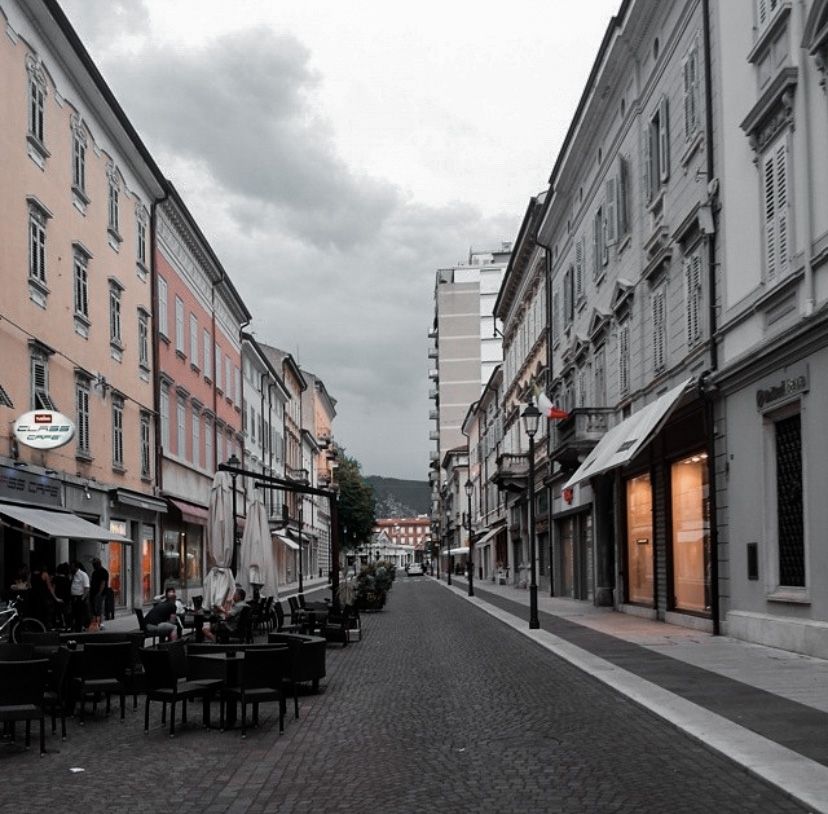
The hub of the city is Piazza della Vittoria, the largest “open space” in Gorizia and the fulcrum around which the modern city has developed since the seventeenth century and overlooked by two important buildings.
In September, for 4 consecutive days, from the square you can access the wonderful manifestation of cuisine and culture: Gusti di Frontiera, which does not limit the barriers, inviting all the countries of Europe and often the entire globe to participate. With 16 editions (blocked in 2020 for Covid-19, but replaced by ‘’Gusti di Contea’’) and more than 900,000 attendees for each edition, including Italians and foreigners from all over the world, it undoubtedly wins the prize among the best events in Friuli.
But if you want to discover the ancient heart of Gorizia, there is nothing better than going along via Rastello. A little hidden, not at all flashy, this street is the oldest in the city: it dates back to 1300 and is located between Piazza Vittoria and the slope that leads to Borgo Castello.
In the past, via Rastello was closed by a gate, which separated the city from the countryside. Here the oldest shops, many of which unfortunately closed today and of which only the signs remain, are located side by side with the modern ones. Some of them are hidden under the arcades, others overlook the street which widens halfway to form a small clearing.
At the beginning of the road, towards the Castle, the bronze statue Carlo Michelstaedter recalls the philosopher from Gorizia who is one of the most important exponents of European nihilism.
The ancient symbol of Gorizia, however, is its castle: the ancient manor of the 11th century stands on top of the hill and can be admired from different points of the city, as well as visited inside. Numerous museums, churches and squares of the city are worth a visit, in a city whose originality is due to the interlocking of many cultures and traditions, in particular the Latin, Slavic and Germanic ones, and where it is pleasant to take a walk along the beautiful avenues and in the flower gardens, browse the counters of the covered market, sit under the arcades to drink a coffee.
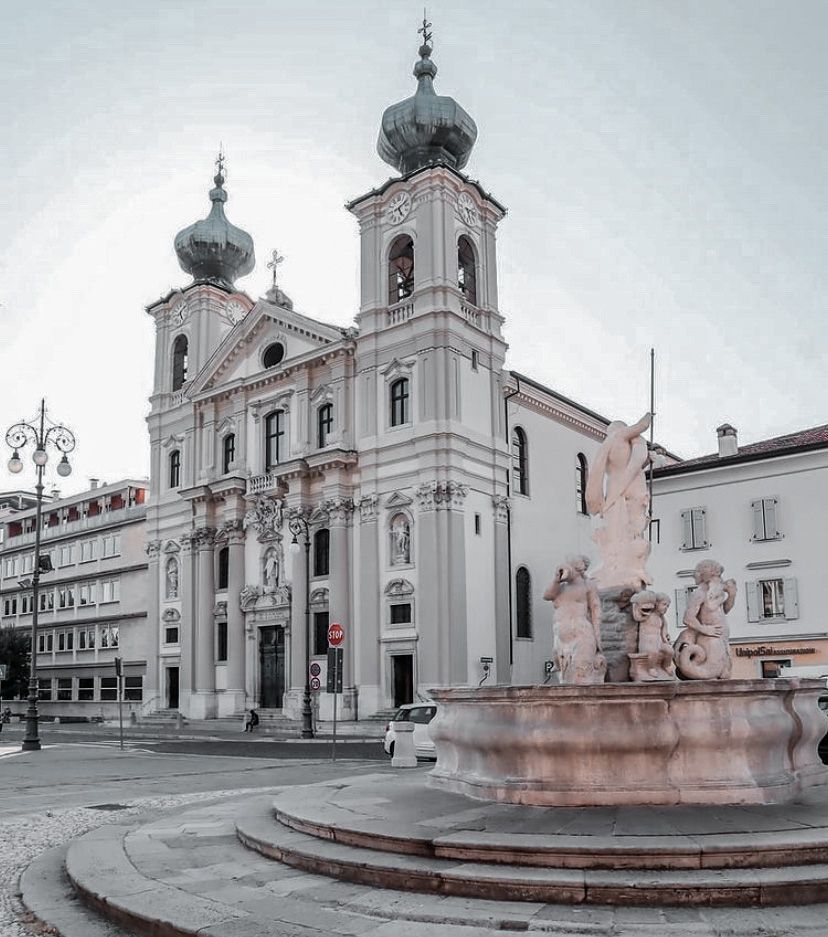
Here on May 1 2004 the last wall of Europe was demolished, a network that until then had divided Italy from Slovenia.
On the hill overlooking the city, a few steps from the border, stands the Castle, whose forms, thanks to a beautiful restoration that tried to bring to light the medieval and Renaissance structure, can still be appreciated today. The Castle of Gorizia dates back to the 11th century, but was enlarged following the increased power of the Counts who also dominated other territories up to the Tyrol. Centuries later Gorizia and its castle passed under the Habsburg rule. The Castle is located inside the ancient Borgo Castello, on the hill of the city, where you can also admire the ancient church of Santo Spirito, a graceful stone building, with a small rose window in the middle of the facade and an original bell tower sailing, but getting up to the top is also worthwhile for the splendid panorama from the top of the hill. Within the walls of the castle we can visit the Museum of the Gorizia Middle Ages.
With a ”modern” twist is Corso Italia, the street that starts from the railway station and penetrates up to the historic center. Composed of cycle paths and a wide sidewalk where numerous bars have set up heated gazebos or simple tables during the summer. A walk in the shade of the many plane trees, to take a look at the windows, eat an ice cream or have a drink in the evening is a must here. If you love architecture, look around to observe the many buildings on this avenue.
The walk can continue along Corso Verdi, a completely pedestrian street that allows access to numerous shops for shopping and various bars to enjoy a traditional Spritz, but a few steps away it intersects Via Garibaldi with the Verdi Theater, stage for numerous theatrical works and cultural initiatives proposed by the numerous young people of the city of Gorizia.
In brief, Gorizia (crowned together with its twin Nova Gorica ‘’Capital of European Culture 2025’’) leaves no time for boredom among its natural and architectural wonders, leaving room for numerous initiatives and pleasant walks.
Would you like to visit Gorizia? Write us an email to book a tour tailored for you!
